How to prevent risks due to ingestion of metal waste in cows
The ingestion of foreign bodies, especially metal ones that are accidentally mixed in animal feed, poses a real danger to livestock. It is a warning from the French association in defense of the environment Robin des Bois, which pointed out that these bodies can cause damage to internal organs, which in the most serious cases can cause the death of animals.
Faced with this situation, the French Agency for Food, Environment, and Occupational Health and Safety (ANSES) got down to work and has now just published an expert report evaluating the magnitude of the phenomenon. In it, it recommends preventive measures to limit the risk of ingestion of metal fragments by cows and highlights that the administration of magnets is an effective means of avoiding injuries.
Between 7 and 20% of cattle
Based on data collected in slaughterhouses, during autopsies, and on farms, as well as data from the scientific literature, the ANSES working group estimated that at least 7-20% of cattle were affected by the ingestion of metallic foreign bodies in France. With a herd of more than 10 million head of cattle, this estimate gives an idea of the magnitude of the problem.
Coming mainly from activities linked to the farm, the presence of these foreign bodies in the stomach of cows has very variable consequences on their health and well-being, such as the cause of pain and serious injuries. Thus, each year approximately 30,000 carcasses are totally or partially excluded from consumption when the animals arrive at the slaughterhouse due to the presence of injuries linked to the ingestion of these foreign bodies.
In addition, foreign bodies and associated injuries cause the death of approximately 29,000 cattle per year on farms without possible recovery. The sum of these figures represents approximately 0.6% of the French bovine population.
Wires and nails mostly
Most of the foreign bodies found in the bellies of cows are wires of a few centimeters and, to a lesser extent, nails. Its most likely origin is linked to activities in the area around the farm: metal structures made from used tires, used to hold the tarpaulins that cover the forage (silage), ends of fences possibly ripped off during hedge cutting, construction waste, etc. .
“It involves all types of farms, both indoors and outdoors, but contrary to what you might think, cows that live indoors seem to be more exposed than those that graze outdoors,” says Charlotte. Dunoyer, head of the Animal Health, Food and Welfare Risk Assessment Unit.
The supply of fodder from outside with the use of machinery has the effect of "concentrating" the metal parts in the distributed feed, compared to a situation in which the animals spend more time on the pasture. For example, pieces of fence that have fallen to the ground may be picked up at the same time as grass clippings, or used tire cords may fall into the silage.
The first step in preventing damage from foreign body ingestion is to act at the source. Experts have recommended measures to avoid the presence of metal parts in the cows' environment. For example, stop using used tires to cover fodder or equip agricultural equipment used to power an electromagnet in order to catch ferromagnetic objects. Special attention should also be paid to the maintenance of fences and hedges, as well as on sites around farms, so as not to leave metal parts behind.
The use of magnets to prevent serious injuries
To combat the occurrence of serious injuries, farmers often use a few centimeters magnets that are placed orally in the stomach of cows. By attracting and trapping metal debris, it prevents it from causing damage by traveling to fragile organs such as the heart or diaphragm. The effectiveness of these devices is proven. Studies conducted on dairy farms in Quebec have shown that animals fitted with a magnet have half the risk of being diagnosed with a foreign body-related pathology than their counterparts that have not received one.
Magnet application poses an extremely low risk to animal welfare: literature data indicates that trauma related to oral magnet administration is rare. In terms of public health and animal health, "the risk of the magnet dissolving appears to be insignificant during the life of the cow," says Nibangue Lare, coordinator of the experience. However, the working group considered the worst-case scenario. Even if the magnet degrades within a year, the content of its constituent elements would not pose a health problem for animals or humans who consume the animal products.
Experts recommend resorting to a magnet as soon as they perceive the first symptoms to avoid the development of serious disorders and according to the risk of ingestion of metallic objects by animals. Its use may be considered in particular if other animals in the group have already had problems related to ingestion of foreign bodies or if the farm is located in a place of risks, such as former conflict zones or former military land.
In short, limiting the risks associated with the ingestion of foreign bodies implies prevention, first of the risk of ingestion and then of its consequences.


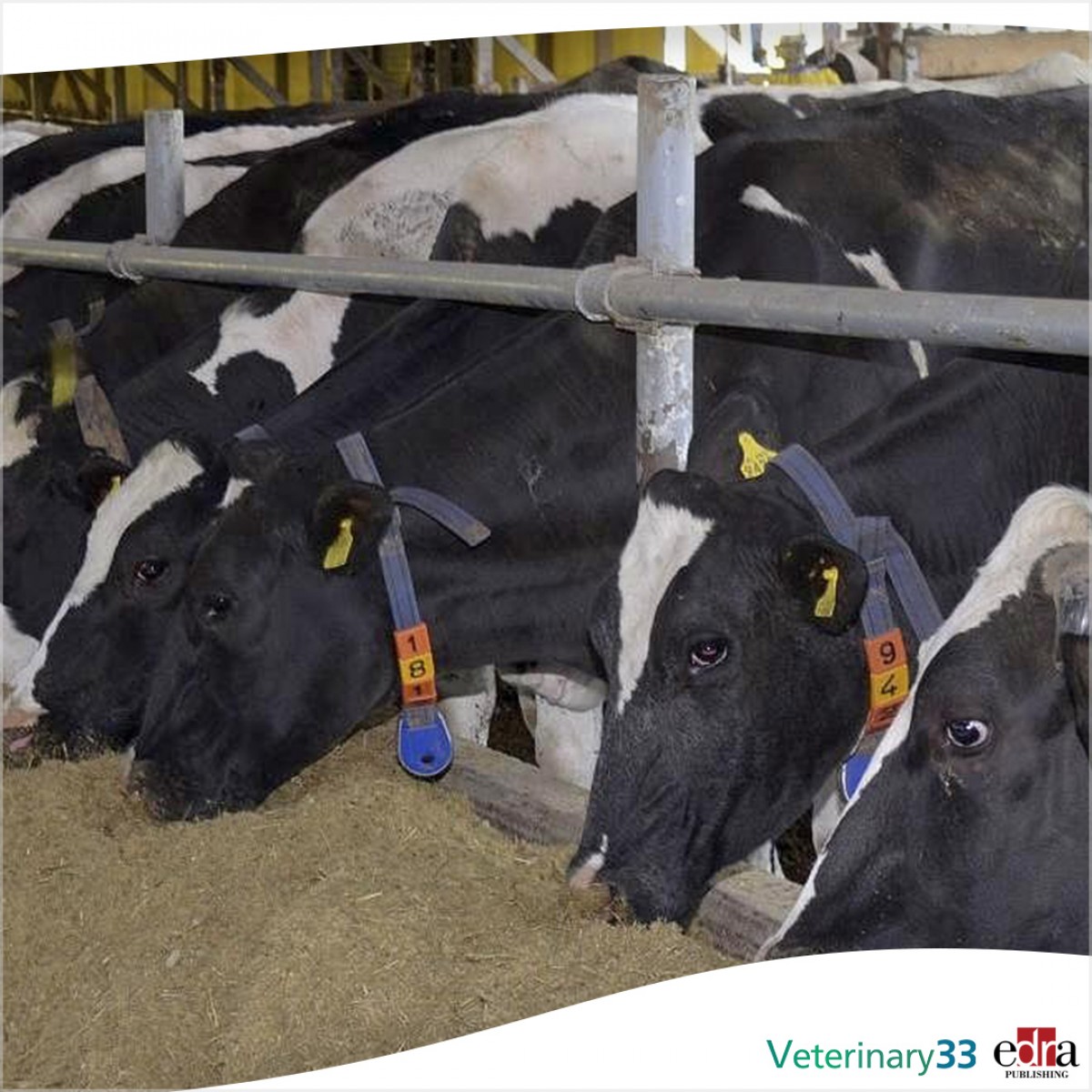
.jpg)




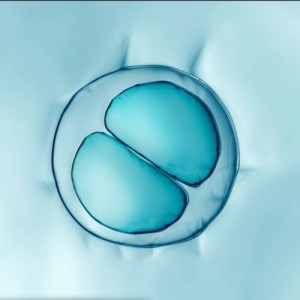

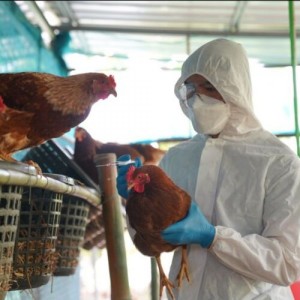
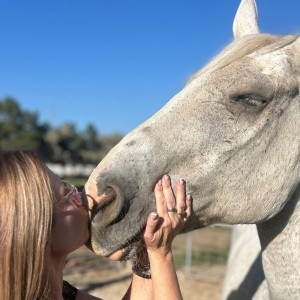
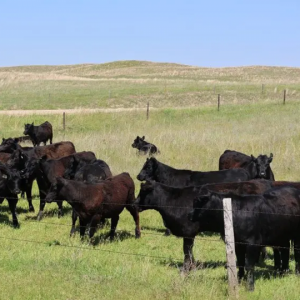

List
Add
Please enter a comment